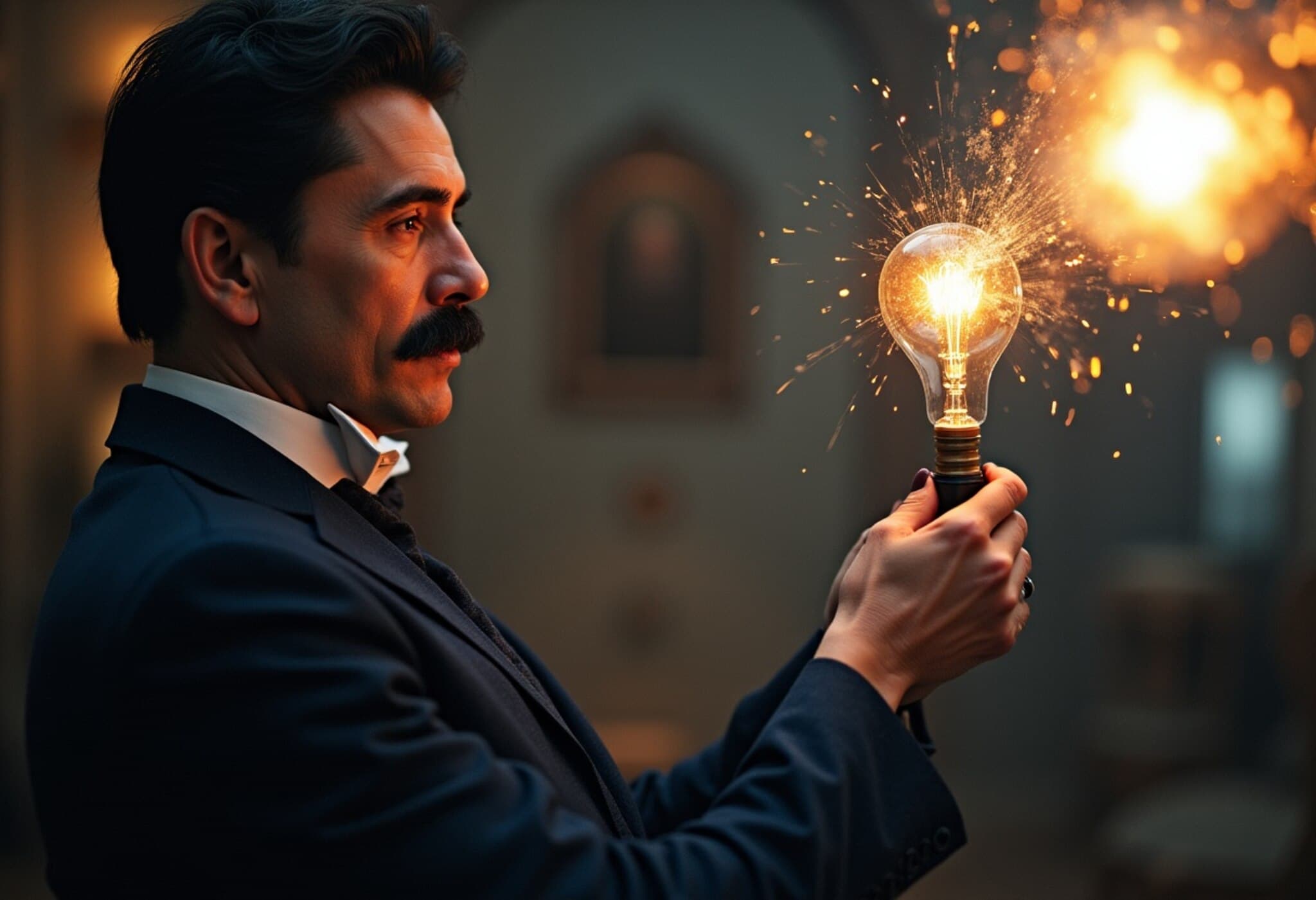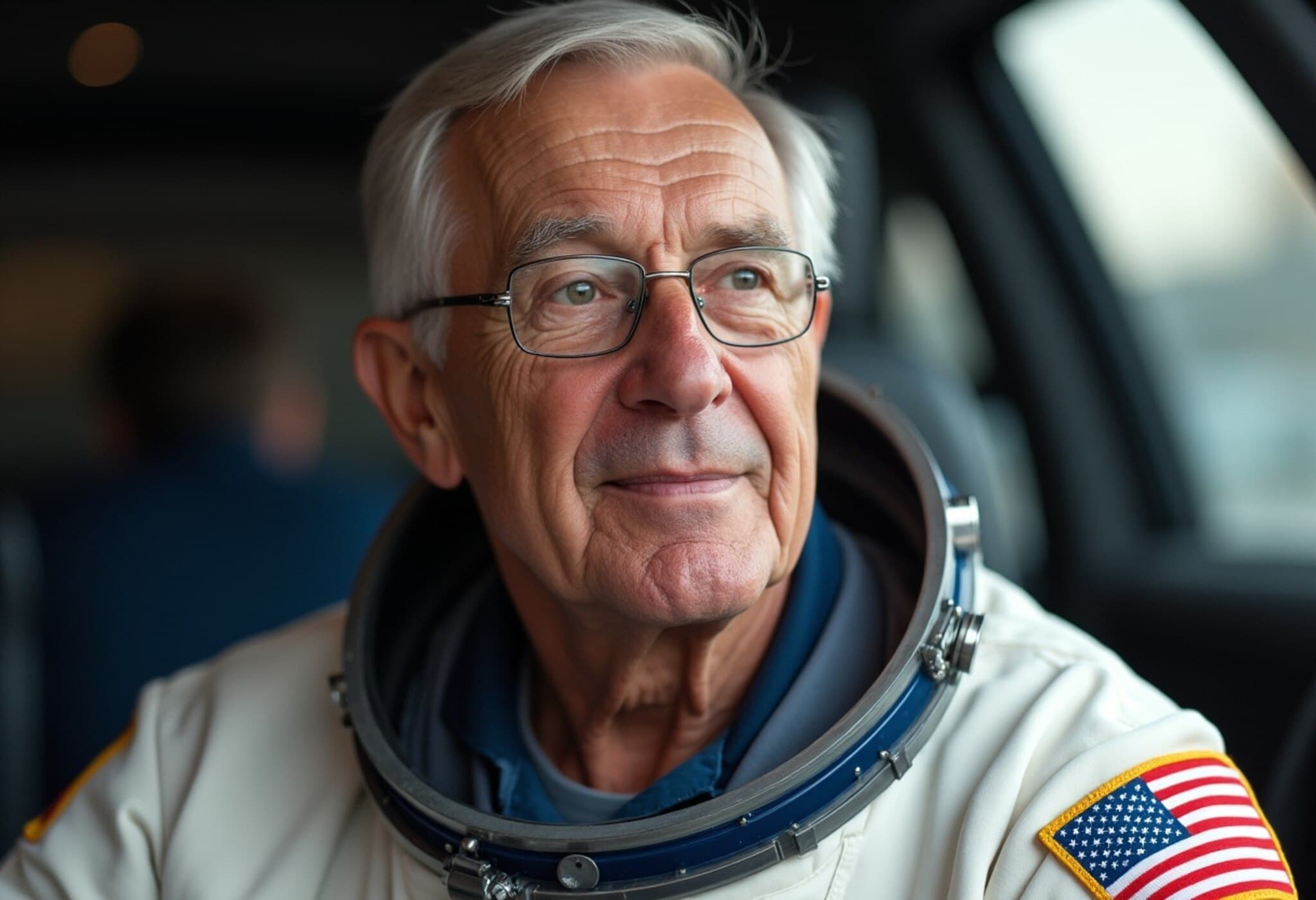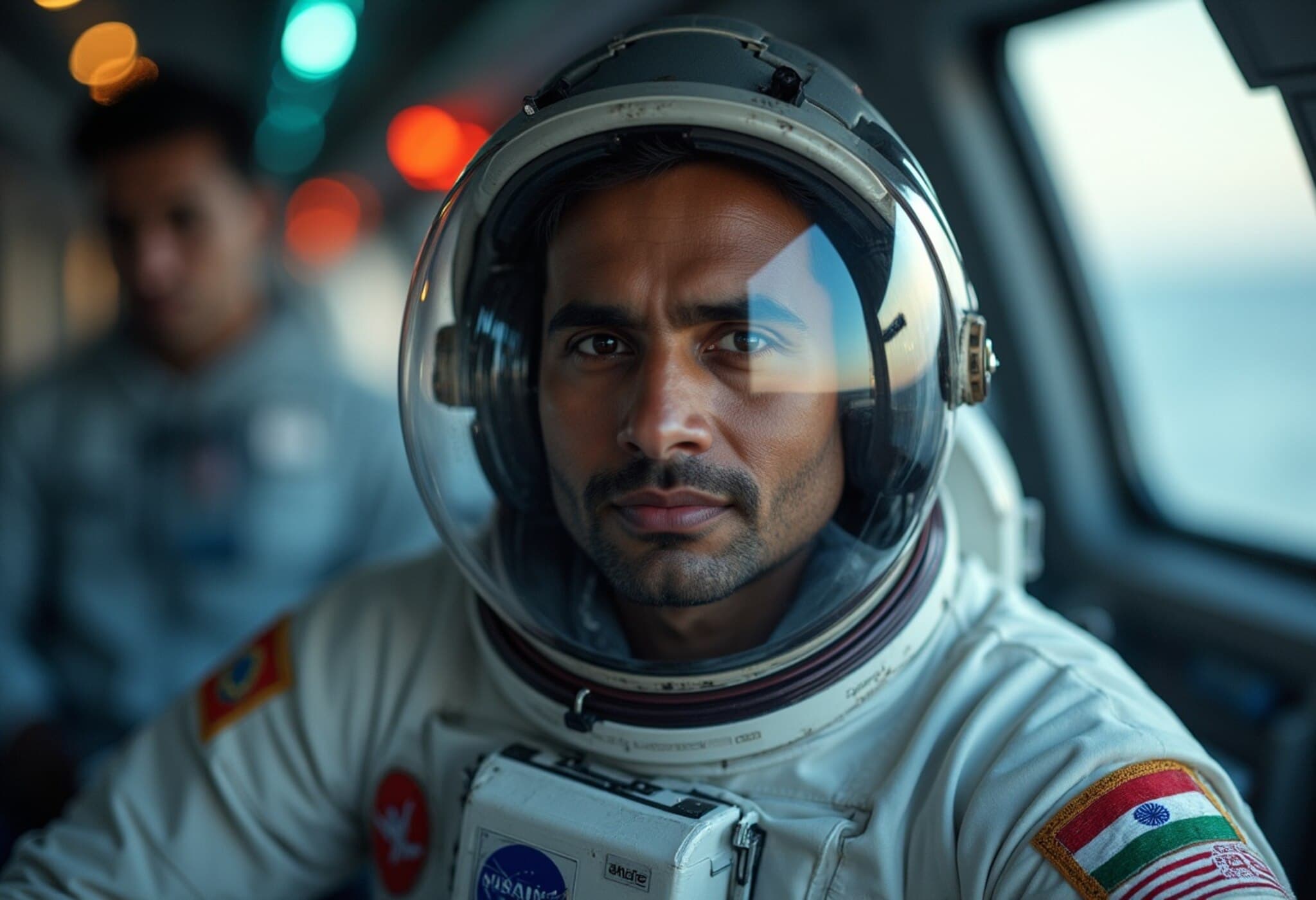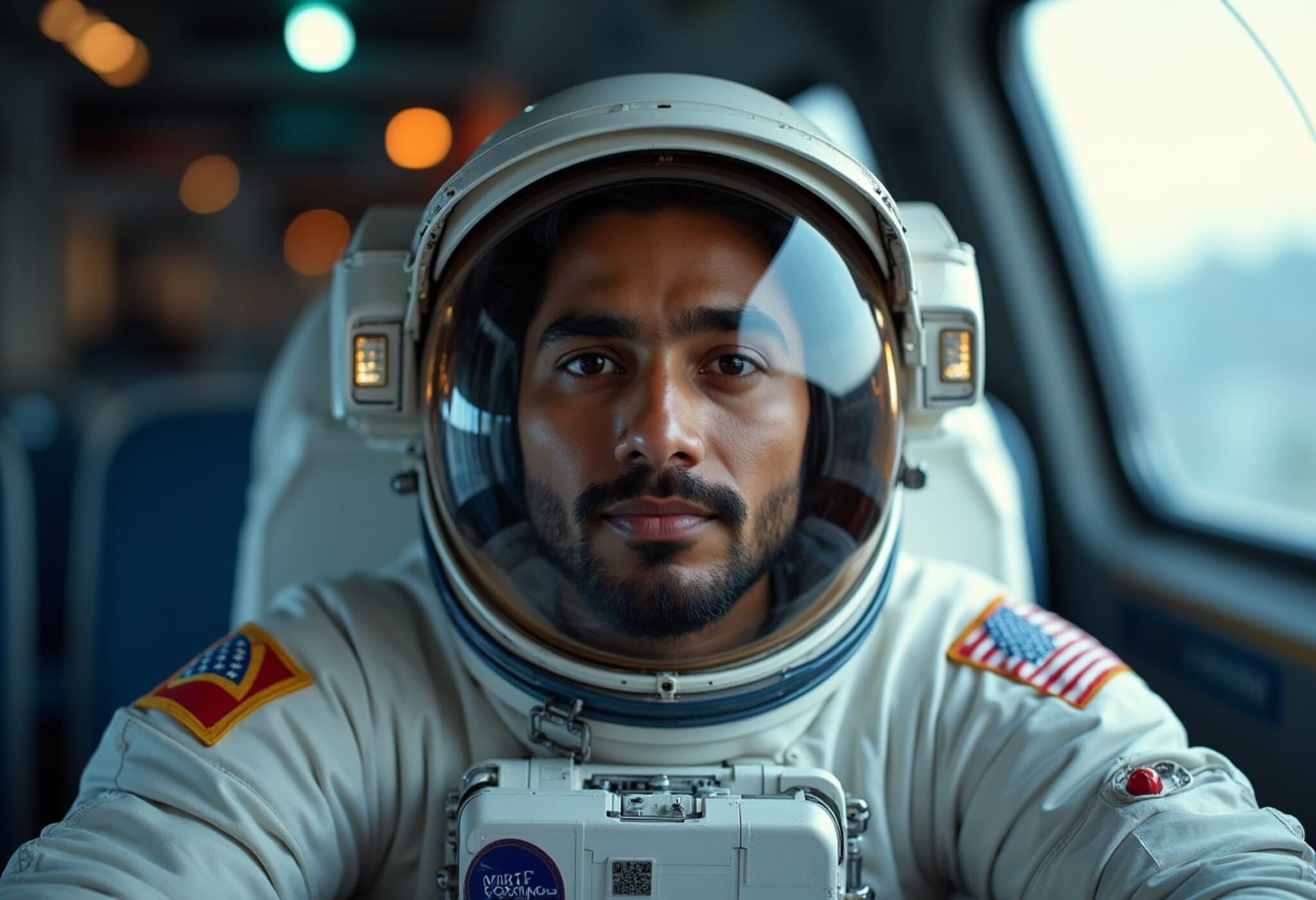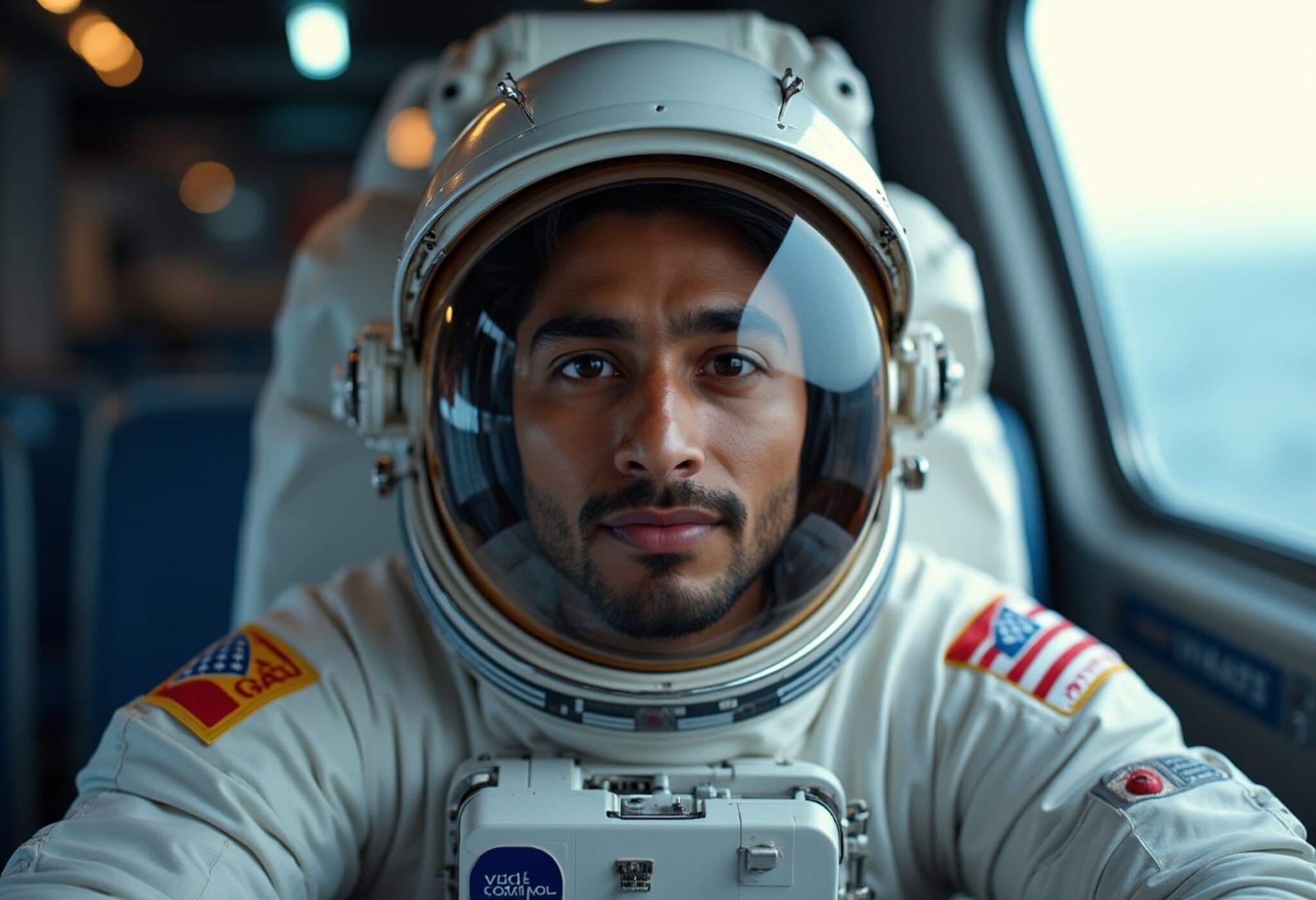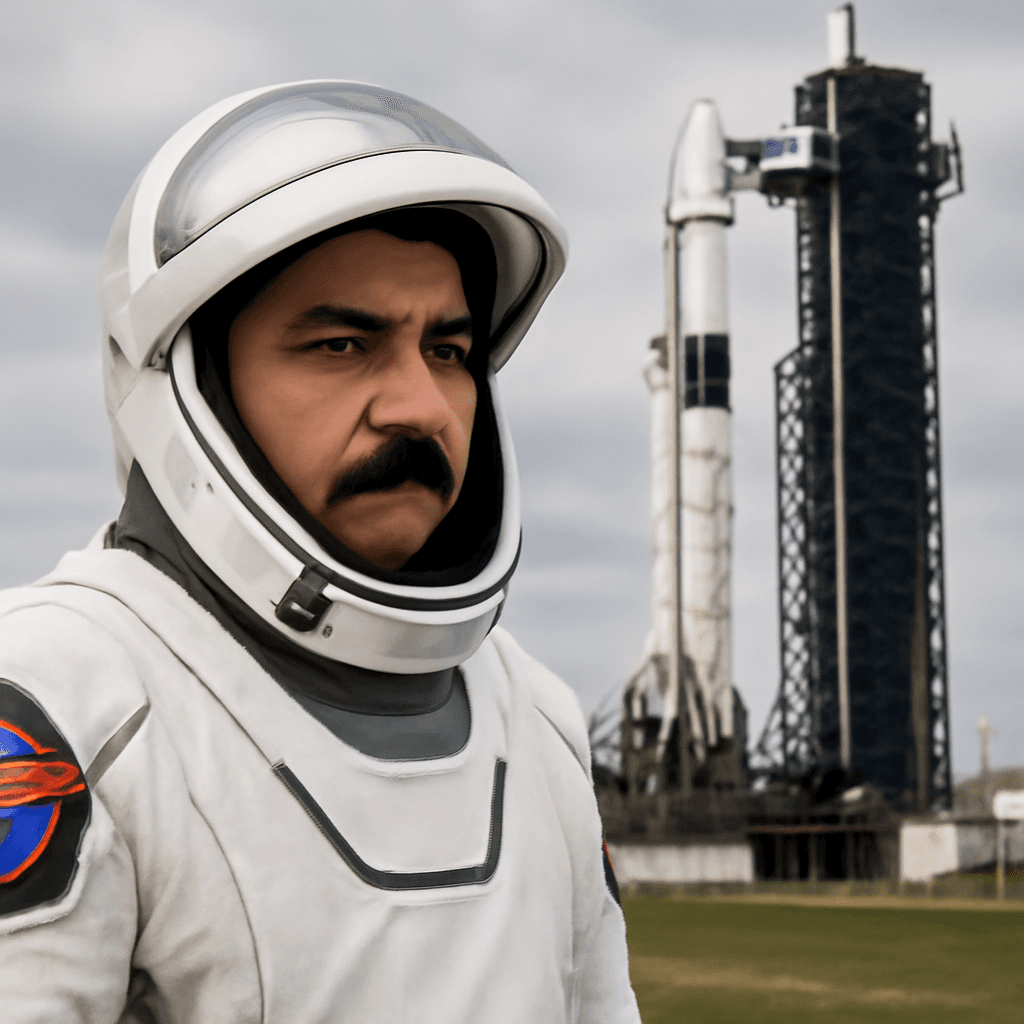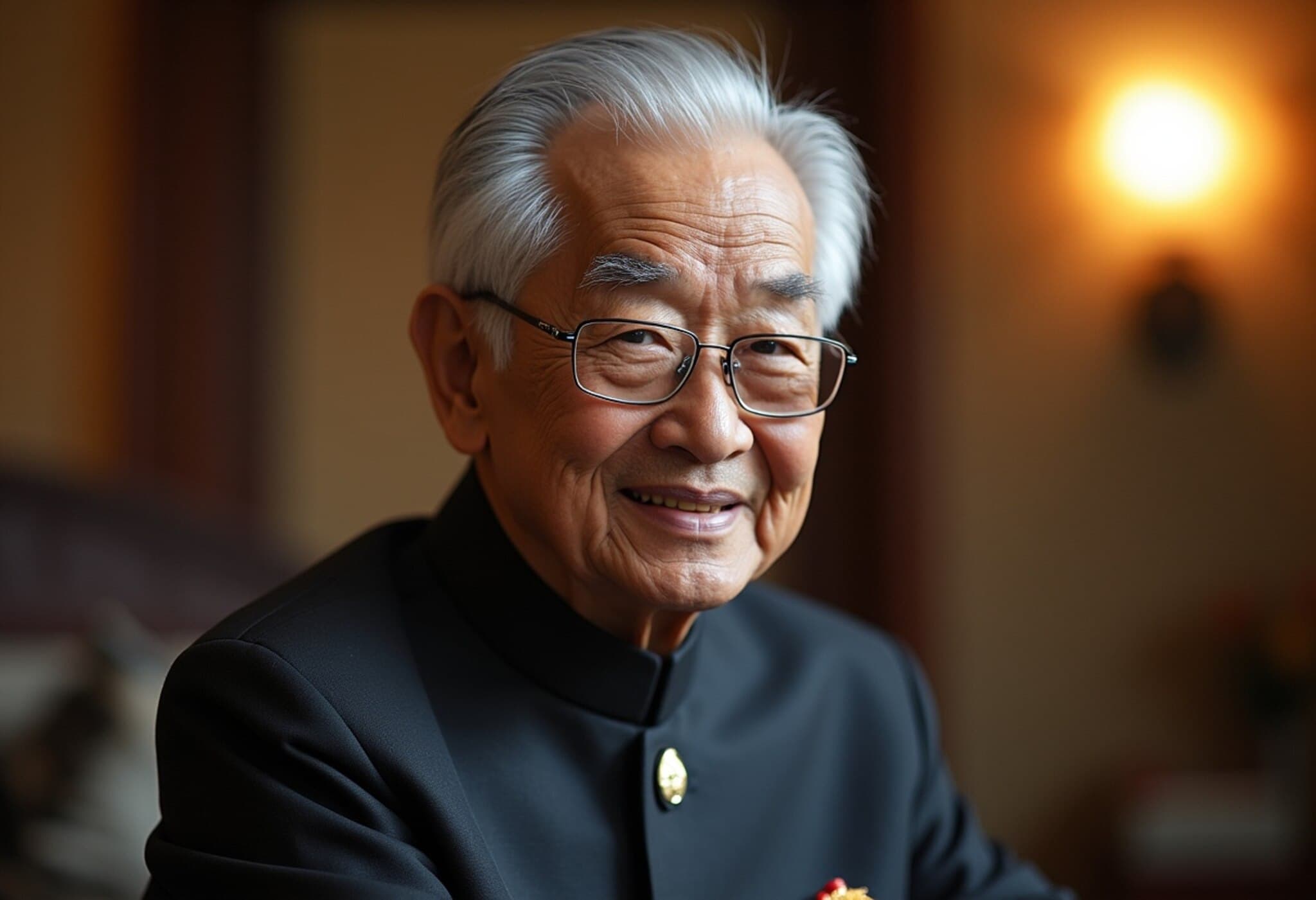Remembering Tesla on His 169th Birthday: A Legacy of Innovation and Rivalry
July 10, 2025, marks the 169th anniversary of Nikola Tesla’s birth — the visionary Serbian-American inventor whose name has become emblematic of groundbreaking innovation in electricity and engineering. But behind Tesla's achievements lies one of the most dramatic rivalries in scientific history: his fierce and enduring competition with Thomas Edison, the American industrialist and self-taught inventor widely hailed for championing direct current (DC) and lighting up the modern world.
The Beginning: Collaboration Gone Sour
In 1884, Tesla arrived in the United States carrying a strong recommendation letter which praised him as one of two great men, alongside Edison himself. Initially, the two briefly worked together, with Tesla taking on the task of improving Edison’s DC generators — a project for which Edison allegedly promised him a reward of $50,000. However, their collaboration quickly collapsed when Edison reportedly brushed off this promise as a joke, igniting a bitter dispute and sending Tesla on a solitary path to champion his own vision of electrical power.
The Clash of Currents: AC vs. DC
Edison’s direct current system powered the streets of New York City but was limited by its inability to transmit electricity efficiently over long distances. This meant power stations had to be densely located, creating a hazardous and cluttered electrical landscape. AC, or alternating current, championed by Tesla and industrialist George Westinghouse, was revolutionary because it could transmit electricity over vast distances using transformers to change voltage levels efficiently.
- Direct Current (DC): Steady and linear flow of electricity, limited range, costly infrastructure.
- Alternating Current (AC): Oscillating flow, long-distance transmission, scalable, and more efficient.
This fundamental technological divide sparked what has been called the “War of the Currents”, a battle shaped as much by corporate power and media spectacle as by scientific debate.
The High-Stakes Drama and Propaganda
Edison’s rejection of AC wasn’t only about technology; it became a public relations campaign filled with fear tactics. Edison publicly demonstrated AC’s dangers by staging animal electrocutions and even collaborated with the legal system to deploy AC electricity in the first electric chair executions, casting it as a lethal hazard. This grim strategy echoed the dark undercurrents of corporate warfare where public safety and ethics were sometimes sacrificed for commercial dominance.
Triumph at the 1893 Chicago World’s Fair
The decisive moment in favor of Tesla’s alternating current arrived during the 1893 World’s Columbian Exposition in Chicago, where Westinghouse, using Tesla’s patents, powered the entire fair with AC electricity. For an American public still accustomed to gas lamps and darkness, the dazzling electrification of the "White City" was a revelation — mesmerizing millions and demonstrating the practical supremacy of AC technology.
This spectacle represented not just a technological victory but a cultural milestone, electrifying public imagination about the future of urban life and industry.
Legacy and Modern Implications
While Edison’s reputation flourished, immortalized in schools, movies, and history books, Tesla’s contributions faded into obscurity after his death in 1943. His eccentric personality and unconventional lifestyle — including his fascination with pigeons and ambitious scientific ideas — overshadowed his lasting impact.
Yet today, Tesla’s influence is unmistakable. The very fabric of the modern electrical grid relies on alternating current, a testament to his forward-thinking genius. Interestingly, DC has found resurgence in specialized technologies:
- Electric Vehicles (EVs), including Tesla, Inc., carry his name and emphasize battery-powered direct current technology.
- Solar Panels and data centers use DC to increase efficiency.
- High Voltage DC (HVDC) transmission is being deployed to minimize energy loss over long distances.
The enduring Tesla-Edison rivalry offers more than historical intrigue; it reflects broader themes still relevant today, from innovation ethics to media influence on public perception.
Expert Perspective: The Human Side of Technological Revolution
Marc J. Seifer, Tesla biographer, emphasizes that this rivalry wasn’t merely a contest of inventions but a clash of personalities and philosophies — Edison’s pragmatic trial-and-error versus Tesla’s visionary mental simulations. Jill Jonnes highlights how the war underscores a classic lesson in innovation: ideas must be both technically sound and socially acceptable to succeed.
In today’s era of rapid technological change, from AI breakthroughs to renewable energy transitions, the Tesla-Edison saga reminds us how pivotal narratives, public trust, and collaboration shape the destiny of transformative inventions.
Editor’s Note
As we commemorate Nikola Tesla’s 169th birth anniversary, it’s worth pondering the complex interplay between genius, rivalry, and legacy. Tesla’s visionary ideas powered our modern world, yet his story also reveals how recognition and remembrance in science are often influenced by personality, persuasion, and power. In revisiting their electrifying feud, are we also reflecting on how today's innovators can navigate competition and collaboration to truly innovate for the collective good?

